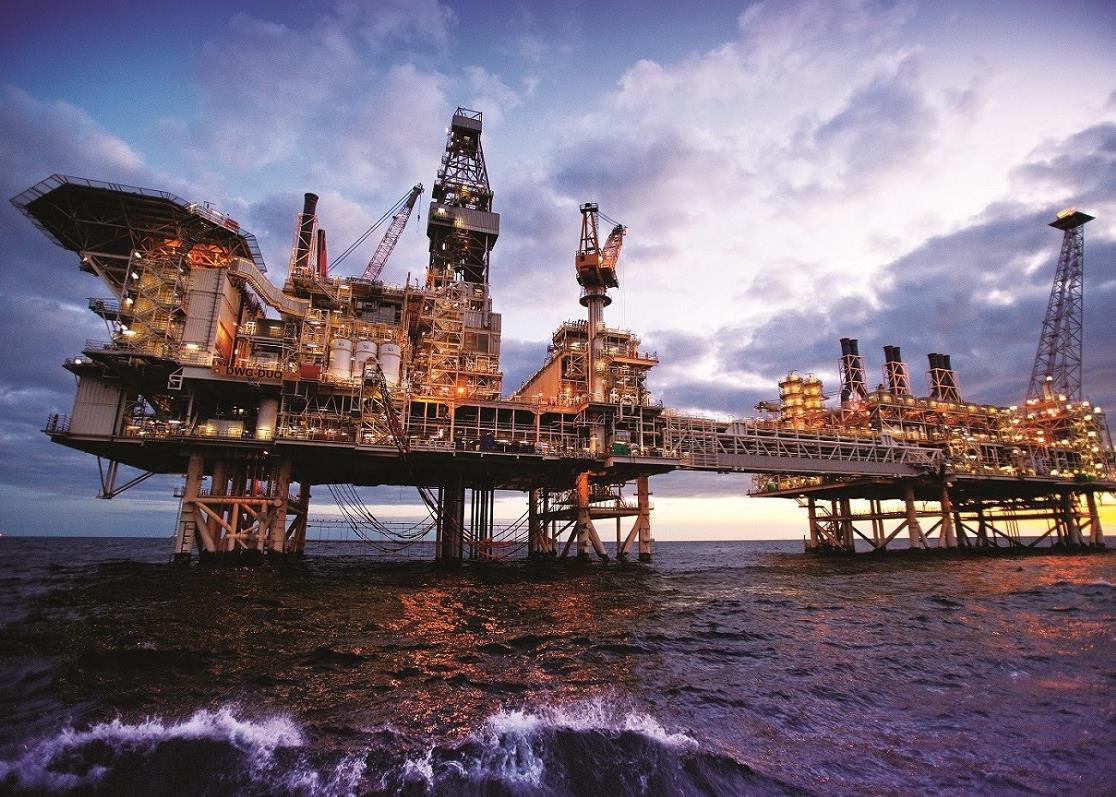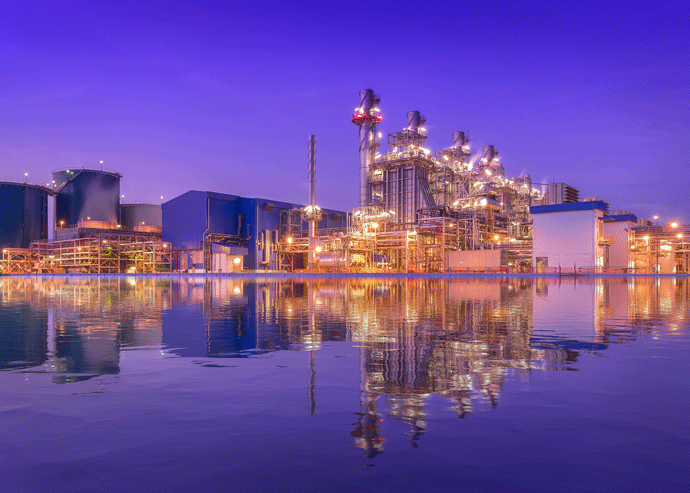
Yemen suffers from a severe shortage of power and water. Although the new president has made improving utility provision a priority, funding projects will be a challenge
Key fact
Yemen has a potential total power generating capacity of 1,165MW, but not all is able to run at full capacity
Source: MEED
There is a joke doing the rounds among residents of Sanaa. When power outages reach their peak (sometimes 20 or 30 hours can pass before one or two hours of electricity are available) they implore the UN’s special envoy Jamal Benomar to return to the country. It is no coincidence, Sanaanis note wryly, that when important foreigners visit Yemen the lights come back on.
The situation has improved since the election of Abdrabbu Mansour al-Hadi as president in February 2012, but supply remains erratic and the capital suffered a fresh run of power cuts in late June and early July.
“The worst of the power cuts were about 23 hours a day,” says a resident of Sanaa’s historic Old City. “There was a spurt of those a few weeks ago, but generally the majority of those were last summer. I still don’t buy anything that requires refrigeration and I am generally constantly nervous about electricity issues.”
Power struggles
The worst of power outages came as the country fell into civil unrest last year. As fighting between elite military, political and tribal factions escalated in mid-2011, security forces lost control of vast areas of land in the south and fuel supplies became limited. Tribesmen in the Marib province, where the country’s biggest power plant is located, cut the transmission lines linking the plant with Sanaa.
It was not just electricity that was in short supply. Water supplies, most of which are pumped from deep underground aquifers using diesel-powered units then trucked to Yemen’s villages, towns, and cities, dried up. The price of water rose from YR1,300 ($7.9) for a truck in 2010 to YR7,000 at the peak of the political crisis, if it was available at all.
“It was hell,” says Abdullah, a lifelong resident of the Old City who helped pay for trucks of water for his poorer neighbours during the crisis. Fights broke out among citizens who had previously lived side-by-side in peace for decades.
The problems still continue elsewhere in the country, from Hajjah, in the north, to Aden in the south. “There is still no electricity in Aden,” says a southerner. “Or water, or anything.”
The shortage of power and water is not a new issue for Yemen. In 2010, the government commissioned US consultancy McKinsey to work on a rescue plan for the economy, including an overview of the country’s natural resources and utilities. Annual electricity demand at the time, McKinsey analysts noted in their report, was 1.2GW while there was about 0.9GW of working generation capacity.
Little more than half the population was served by the existing grid at the time. Sources with ties to the Electricity Ministry say that providing a decent supply of power to the entire population would require 2.5-3GW of plants and transmission lines. That would rise inline with Yemen’s population to as much as 4GW by 2020. During this period, about 600MW of the existing plants, many of them small generators installed as a temporary remedy in the early-to-mid 2000s, would have to be decommissioned.
Meanwhile, the current mix of power plants and generators has proved hugely costly to the government. MEED research shows that there is total power generating capacity of 1,165MW in Yemen, but not all of this is able to run at full capacity or, in some cases, at all.
Of the total, 560MW is powered using residual and light fuel oil; 340MW using natural gas, through a single, modern plant at Marib, while the remaining 235MW comprises mainly small generators of 10-70MW run on diesel.
The government heavily subsidises liquid fuel in Yemen. McKinsey calculated in 2010 that the overall cost in subsidies to the power sector was about $550m a year. This was not including the huge number of small generators wealthier Yemenis have installed in their homes that also run on subsidised fuel.
Water crisis
The situation in the water sector is even more dire. Water production has soared over the past couple of decades, as unregulated water producers place profit over sustainability by using diesel pumps powered by subsidised fuel.
“Some experts say that the introduction of the diesel pump was a curse for Yemeni water resources,” says Bernd Schoenwald, a water expert at KfW, a German development bank, who works with Yemeni technocrats on water issues.
In the Sanaa province alone, about 250 million cubic metres a year (cm/y) of water is produced, of which 80 per cent is non-renewable. “[It’s] a disaster,” says a western development official who has worked in the sector for years.
“Sanaa will almost certainly face a severe water crisis in the coming years and might even run out of water in the coming decade,” the McKinsey analysts wrote in 2010. The consequences are clear, the report said: “Scarcity of water resources can have staggering consequences on health, property, population migration and, ultimately, the very fabric of society.”
Taiz, north Yemen’s second city, has already depleted all of its locally available supplies. Public supply only works once a month, leaving residents entirely dependent on trucked water, locals say. Overall water availability across the country averages out at 130 cm/y, about a tenth of average per capita supply in the region.
Qat production
The situation is made worse by the production of qat, a mildly narcotic leaf chewed at social gatherings in Yemen and sold into Saudi Arabia and western Africa. Qat is the most profitable cash crop in Yemen and has become a key source of income for rural farmers and tribal sheikhs. Agriculture accounts for about 90 per cent of all water use in Yemen, and at a rough estimate - as there is no government regulation of the sector - qat production accounts for about half of that amount.
“Qat is one of the biggest water consumers,” says Schoenwald. “Because of its profitability there is a high interest among powerful groups to further increase qat production.” In the past, qat was only consumed regularly by wealthier Yemenis, but today half the population chews it on a daily basis. “This is a cultural problem and needs to be treated like smoking was in Western countries in the past - through education [and] awareness campaigns,” he says. “There are Yemeni [non-government organisations] dealing with this issue, but so far, unfortunately, without much success.”
Development workers in the country say that the previous regime under Ali Abdullah Saleh largely paid lip service to the idea of regulating water resources and cutting down on qat production. Doing so would have challenged powerful interests, including landowning sheikhs and wealthy qat merchants. So far, Al-Hadi has made tentative steps, such as endorsing a “no qat” day in April. The water situation is likely to remain intractable for the near future, however.
“There is no short-term fix for the water problem and Yemen’s population growth [3.1 per cent a year] means there are serious shocks ahead, worse than what we saw in 2011,” says a source at a major international institution.
The electricity situation is a little more hopeful. Mohamed Albasha, Yemen’s spokesman in Washington, says restoring electricity is a “top priority” for the new president, and that Al-Hadi has dispatched troops from the 312th Armoured Brigade, 14th brigade of the Republican Guard and 13th Infantry Brigade to protect oil and electricity infrastructure in Marib from further attacks, including the Marib-Ras Issa pipeline and the Marib-Sanaa transmission lines.
On 30 June, the Electricity Ministry signed a contract with UK temporary electricity provider APR Energy to install 60MW of power generators in Aden. Sources with knowledge of the ministry’s plans say the contract is “the first of many” it intends to award in the coming months as Sanaa pushes to restore public services to win more public support.
Funding issue
Meanwhile, Al-Hadi is also said to be prioritising the construction of several modern, gas-fired power plants. Saleh Fareed, a Yemeni businessman who acted as APR’s local agent on the Aden temporary power deal, confirms this. “The government is, at last, in the mood to answer the need for electricity,” he says.
A key sticking point in the plan to build big new power plants is funding, however. Sanaa had expected international donors, particularly Saudi Arabia, to make substantial amounts of cash available for power projects at an aid pledging session in Riyadh in June. But the session was pushed back to September following the death that month of Saudi Arabia’s Crown Prince Nayef bin Abdulaziz al-Saud. Prince Nayef held the Yemen brief in Riyadh and was most closely associated with funding for projects in the country.
Those who have worked on power schemes in Yemen also remain concerned about corruption in the sector. “There were lots of tenders for power plants that never happened because of corruption,” Fareed says. He adds that negotiations he was involved in over a deal for a 500MW plant in 2004 fell apart because government officials wanted bribes to approve the deal.
“So they went for rental power, which cost the country a lot of money,” he says. Fareed is more hopeful now and expects to see major deals tendered within weeks of the September aid summit.
Large gas-fired power plants will take time to build, however, and engineering contractors say they will need to be reassured about the security situation in Yemen before committing to projects there. “It isn’t reassuring to see news of pipelines and transmission lines being blown up, or attacks on compounds,” says a source at a US firm. “Security would definitely be a top priority there.”
Also in this week’s Special Report
Infightling hits Sanaa’s national dialogue
You might also like...

Adnoc Offshore awards Upper Zakum contract
17 April 2024

Oman awards Batinah coastal road contract
17 April 2024

Oman appoints Al Khuwair Downtown project manager
17 April 2024
A MEED Subscription...
Subscribe or upgrade your current MEED.com package to support your strategic planning with the MENA region’s best source of business information. Proceed to our online shop below to find out more about the features in each package.









